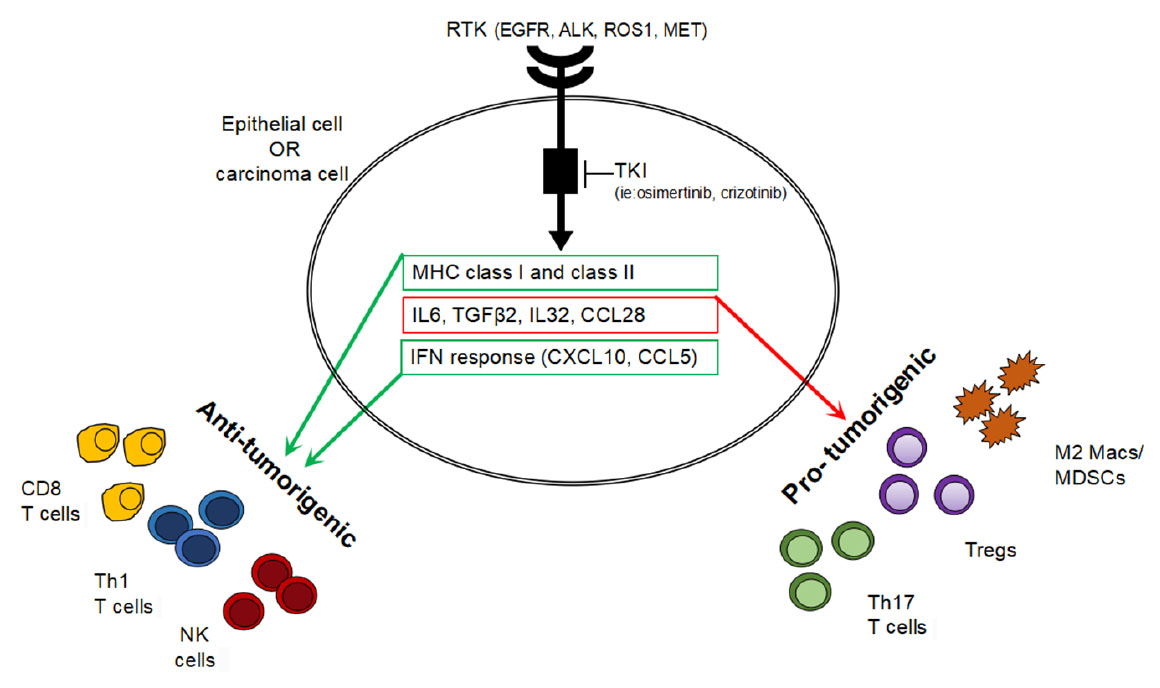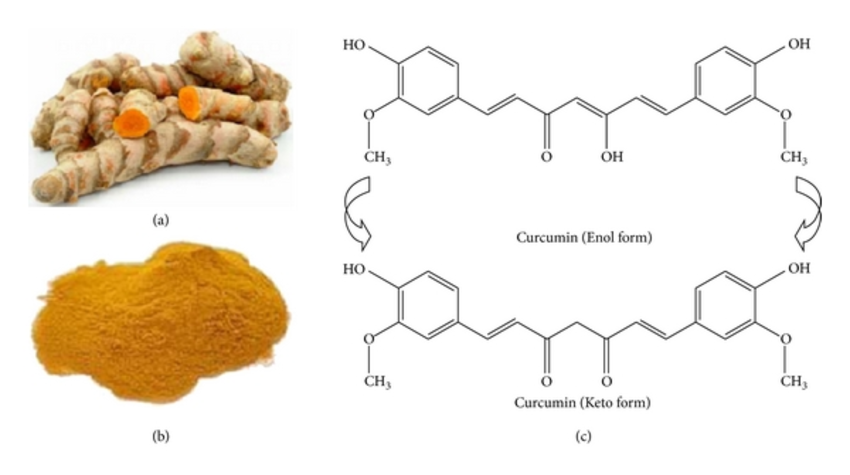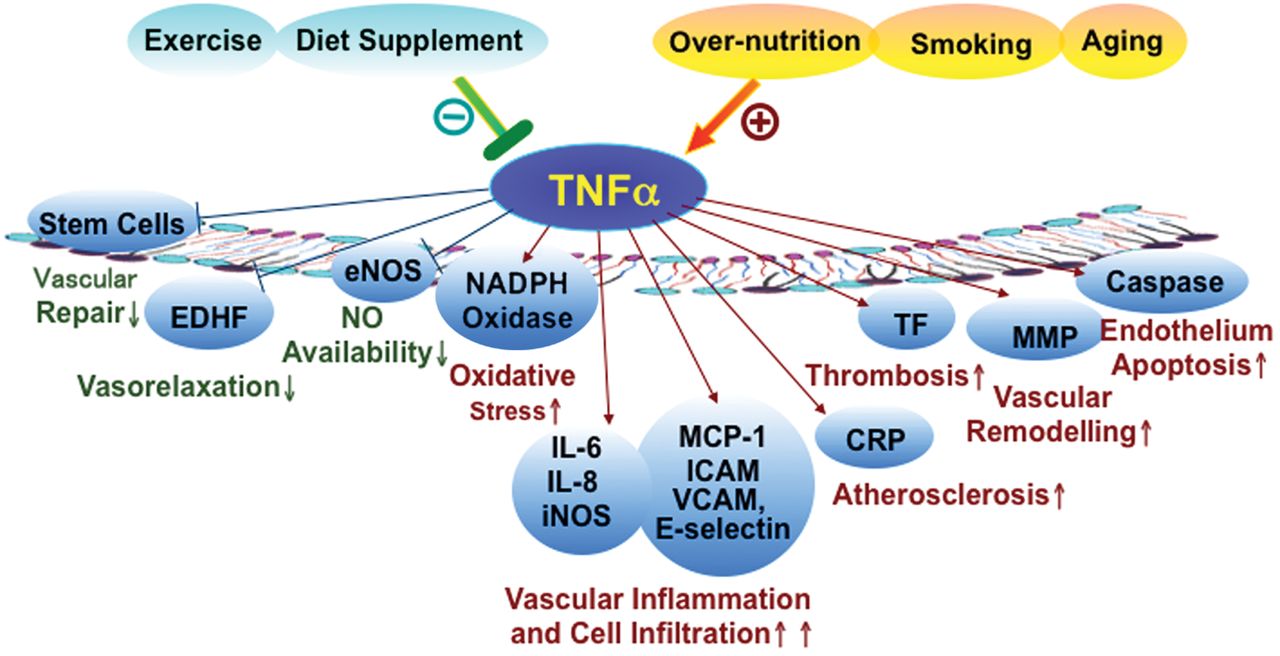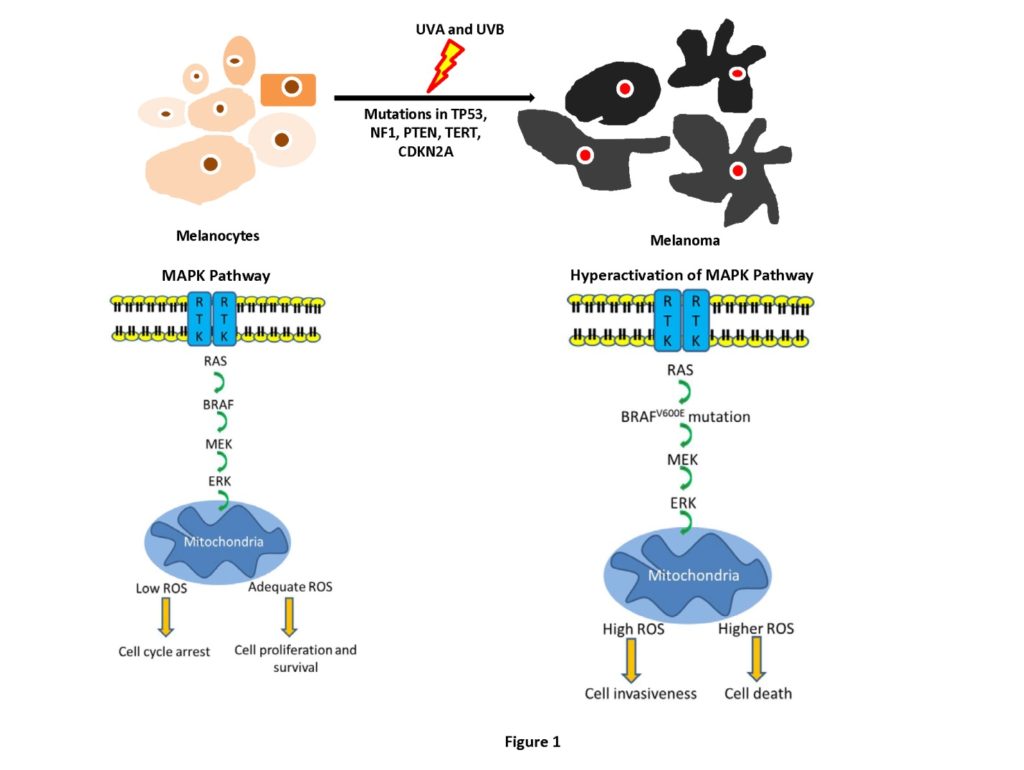””
Curcumin Studies
curcumin is a inhibitor of tyrosine kinase
””
https://cdrjournal.com/article/view/2662
””
””
Curcumin as tyrosine kinase inhibitor in cancer treatment - ScienceDirect
https://www.sciencedirect.com/science/article/pii/S0223523419306361””
””
””
https://bpspubs.onlinelibrary.wiley.com/doi/full/10.1111/bph.13621
””
http://syromonoed.com/block-tnf-herbal-remedies/
Vitamin C blocks TNF-alpha-induced NF-kappaB activation and ICAM-1 expression in human neuroblastoma cells. - PubMed - NCBI
https://www.ncbi.nlm.nih.gov/pubmed/15554267Glucosamine sulfate inhibits TNF-alpha and IFN-gamma-induced production of ICAM-1 in human retinal pigment epithelial cells in vitro. - PubMed - NCBI
https://www.ncbi.nlm.nih.gov/pubmed/16431966Interleukin-10 inhibits interferon-gamma-induced intercellular adhesion molecule-1 gene transcription in human monocytes. - PubMed - NCBI
https://www.ncbi.nlm.nih.gov/pubmed/9192770””
””
””
Antioxid Redox Signal. 2009 Feb; 11(2): 241ØC249.
Curcumin Supplementation Lowers TNF-¦Į, IL-6, IL-8, and MCP-1 Secretion in High Glucose-Treated Cultured Monocytes and Blood Levels of TNF-¦Į, IL-6, MCP-1, Glucose, and Glycosylated Hemoglobin in Diabetic Rats
Sushil K. Jain,corresponding author Justin Rains, Jennifer Croad, Bryon Larson, and Kimberly Jones
Author information Article notes Copyright and License information Disclaimer
Department of Pediatrics, Louisiana State University Health Sciences Center, Shreveport, Louisiana.
corresponding authorCorresponding author.
Abstract
This study examined the hypothesis that curcumin supplementation decreases blood levels of IL-6, MCP-1, TNF-¦Į, hyperglycemia, and oxidative stress by using a cell-culture model and a diabetic rat model. U937 monocytes were cultured with control (7 mM) and high glucose (35 mM) in the absence or presence of curcumin (0.01ØC1 ¦ĢM) at 37”ćC for 24 h. Diabetes was induced in SpragueØCDawley rats by injection of streptozotocin (STZ) (i.p., 65 mg/kg BW). Control buffer, olive oil, or curcumin (100 mg/kg BW) supplementation was administered by gavage daily for 7 weeks. Blood was collected by heart puncture with light anesthesia. Results show that the effect of high glucose on lipid peroxidation, IL-6, IL-8, MCP-1, and TNF-¦Į secretion was inhibited by curcumin in cultured monocytes. In the rat model, diabetes caused a significant increase in blood levels of IL-6, MCP-1, TNF-¦Į, glucose, HbA1, and oxidative stress, which was significantly decreased in curcumin-supplemented rats. Thus, curcumin can decrease markers of vascular inflammation and oxidative stress levels in both a cell-culture model and in the blood of diabetic rats. This suggests that curcumin supplementation can reduce glycemia and the risk of vascular inflammation in diabetes. Antioxid. Redox Signal. 11, 241ØC249.
Introduction
Vascular inflammation and cardiovascular disease (CVD) are the leading causes of morbidity and mortality in the diabetic population and remain major public-health issues (59). TNF-¦Į, IL-6, IL-8, and MCP-1 are proinflammatory cytokines and widely recognized markers of vascular inflammation (55, 59). The levels of these cytokines are elevated in the blood of many diabetic patients (20, 40, 44). An increase in circulating levels of TNF-¦Į, IL-6, IL-8, and MCP-1 can lead to increased insulin resistance, vascular inflammation, and the development of vascular disease (17, 59). Review of literature suggests that curcumin may be beneficial against many diseases, including diabetes (18, 56).Curcumin Supplementation Lowers TNF-¦Į, IL-6, IL-8, and MCP-1 Secretion in High Glucose-Treated Cultured Monocytes and Blood Levels of TNF-¦Į, IL-6, MCP-1, Glucose, and Glycosylated Hemoglobin in Diabetic Rats
https://www.ncbi.nlm.nih.gov/pmc/articles/PMC2933148/””
Cancer Research Frontiers. 2018; 4(1): 101-130. doi: 10.17980/2018.101
Role of Reactive Oxygen Species and Targeted Therapy in Metastatic Melanoma
Rosalin Mishra*, Hima Patel*, Long Yuan, Joan T. Garrett#
Address: James L. Winkle College of Pharmacy, University of Cincinnati, 231 Albert Sabin Way, Cincinnati, Ohio 45267-0514.
Curcumin is a primary bioactive component obtained from rhizome of Curcuma longa is known to be significantly effective against melanoma growth and progression. Curcumin induces ROS production to activate mammalian STE-20-like kinase 1 (MST1) and induces apoptosis via JNK pathway activation. Additionally, MST1 mediates curcumin-induced Foxo 3a activation and nuclear translocation, where it upregulates Bim-1 and causes cellular apoptosis in B16 and WM-115 cells. ROS scavenger NAC attenuates curcumin-induced JNK and MST1 activation (147). Curcumin alone or in combination with 1-phenyl-2-decanoylamino-3-morpholino-1-propanol (PDMP) activates JNK signaling and inhibits PI3K/AKT pathway through the production of ROS which in turn mediates DNA damage and apoptosis (148, 149). It prevents proliferation and induces cell death in melanoma cells via regulating cellular redox levels. It induces oxidative stress through ROS production, reducing GSH levels, wrecking mitochondria membrane potential leading to cytochrome C release causing activation of intrinsic cellular apoptosis in A375 cells. All these effects are reversed in presence of NAC as NAC is an anti-oxidant and scavenges the high ROS generated by curcumin treatment. ROS generated in response to curcumin treatment also targets HIF-1¦Į, induces apoptosis via regulating p53 and caspase dependent signaling mechanism (150). Natural borneol synergizes with curcumin to induce apoptosis in A375 cells via inhibition of MAPK/AKT signaling and activation of JNK/caspase-dependent mechanism. It potentiates curcumin to trigger intracellular ROS overburst leading to DNA damage with upregulation of activated p53, ataxia-telangiectasia-mutated (ATM) and pBRCA1 levels (151).
cancer-research-frontiers.org/2018-4-101/
http://cancer-research-frontiers.org/2018-4-101/””
””





